Talk Overview
Have you ever tried to catch a flying fly only to be frustrated by their ability to evade your efforts? Then you know that many insects are extremely agile fliers. In his three talks, Dr. Michael Dickinson uses aerodynamics, muscle physiology, and neuroscience to explain how flies fly.
In Part 1, Dickinson focuses on lift. How do insects generate the aerodynamic forces necessary to stay in the air? Dickinson explains that by studying high speed videos of flies in flight, it is possible to determine the motion of the wing at each moment in time and, from that information, determine the forces that the insect is generating during an entire wing stroke. Early studies of this type calculated that insects did not generate enough force to keep them in the air! So how do flies fly? To answer this question, Dickinson and colleagues built a large scale robotic model of an insect wing moving through a viscous solution. Video tape of these models showed that the wing can form a large vortex at its leading edge. This vortex augments the forces generated by the insect and provides enough lift to keep the insect in flight. By changing the angle of attack of the wing, the fly can change the size of the leading edge vortex and how much lift is produced.
Dickinson’s second talk focuses on power. Small insect wings must beat very rapidly – much more quickly than can be controlled by the release and uptake of Ca2+ that typically regulates muscle contraction. Instead flies use two sets of stretch activated power muscles. The contraction of downstroke muscles stretches and stimulates upstroke muscles, and vice versa, allowing the insect to beat its wings very quickly. In addition to power muscles, insects have tiny steering muscles that connect directly to the wing and regulate wing deviation during the wing stroke. With a combination of high speed video and electrical recording, Dickinson demonstrates how these tiny muscles can change wing position and allow a fly to undergo its amazing aerial acrobatics.
In Part 3, Dickinson discusses how insects control flight. Insects have many sensors on their bodies and wings that detect odors, the polarization of light, body rotation, air movement, and more. All of this sensory information is taken in and integrated by the insect’s brain. The brain then regulates muscle function to perform the behaviors needed for the fly to survive in its natural environment. Dickinson and his colleagues have built “arenas” in which a fly can be tethered and visual cues can be used to make the fly think it is flying in a specific direction with a certain speed, or being attacked by a predator. Using high speed video, it is possible to measure the flies response to these visual cues. Amazingly, within 20 milliseconds of detecting a predator, a fly can integrate its response so that it completely changes flight direction and flies away from the perceived predator.
Speaker Bio
Michael Dickinson

Dr. Michael Dickinson’s lab studies the flight behavior of insects. Lab members combine their interests in cellular physiology, biomechanics, aerodynamics and neuroscience to build an integrated model of insect flight. Dickinson studied neuroscience as an undergraduate at Brown University and he developed an interest in insect flight while he was a PhD student in zoology… Continue Reading
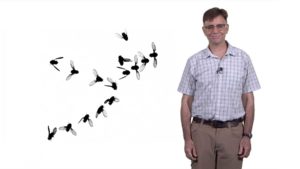
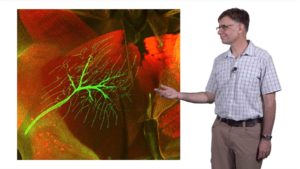
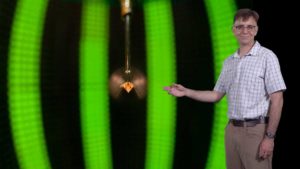


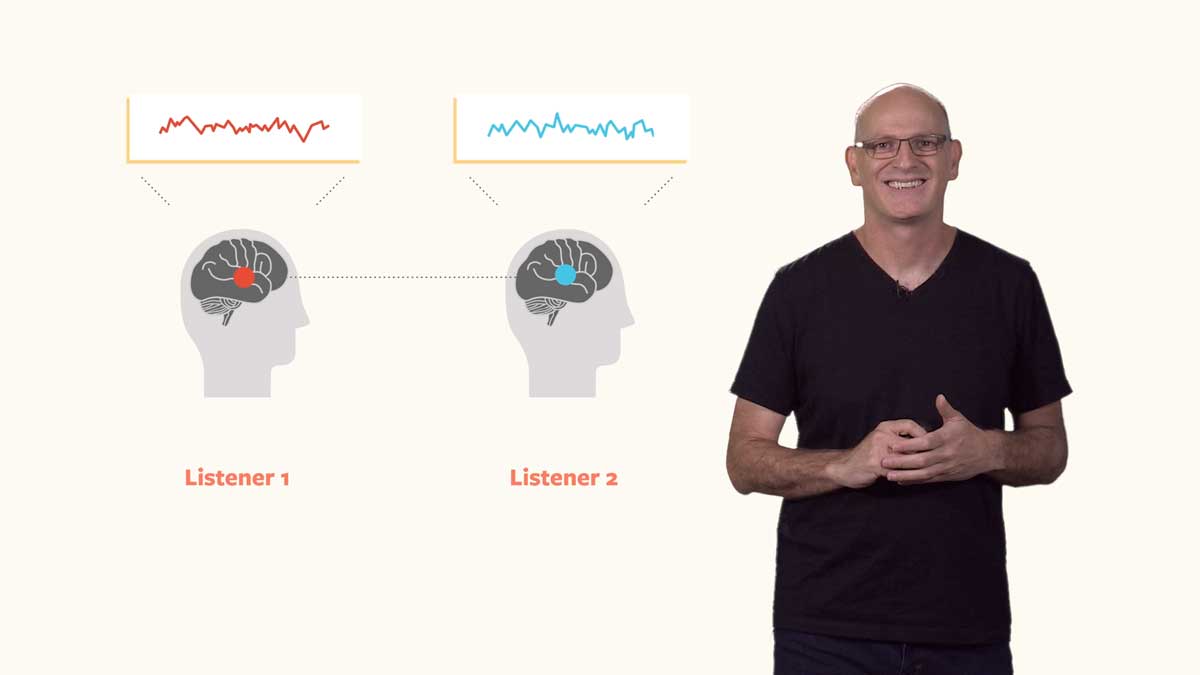
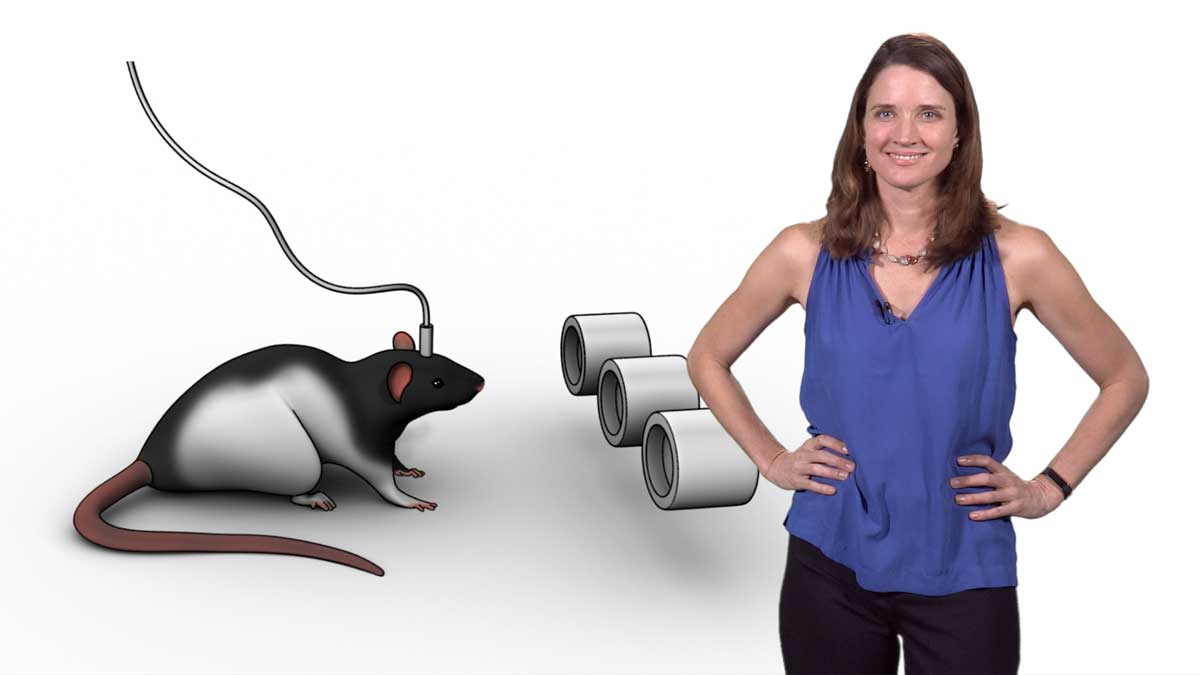





David says
I found this subject absolutely absorbing! When you think about the size of a flies brain and the processes involved! Nature never ceases to amaze me!
Thank you.